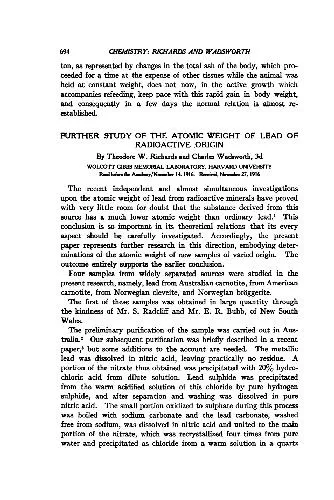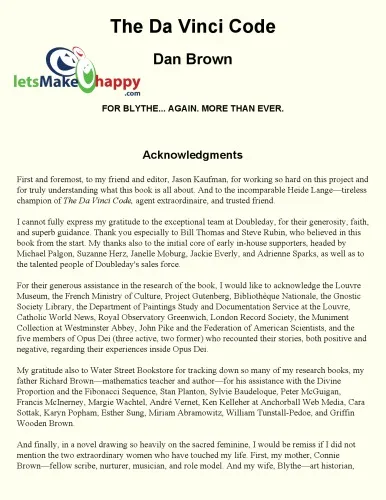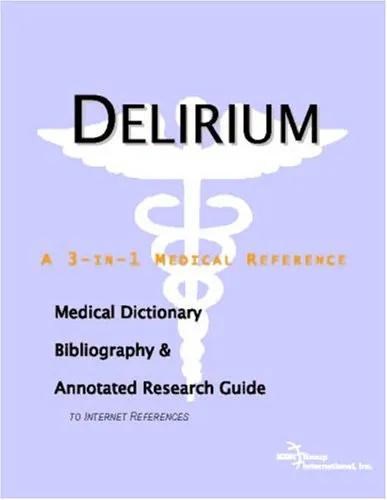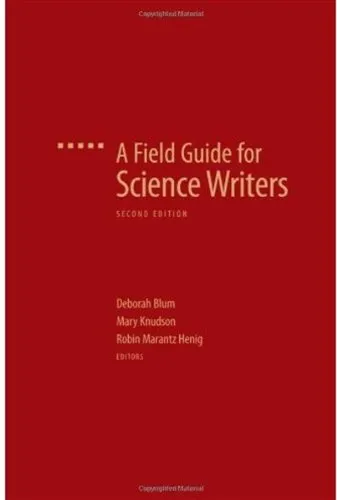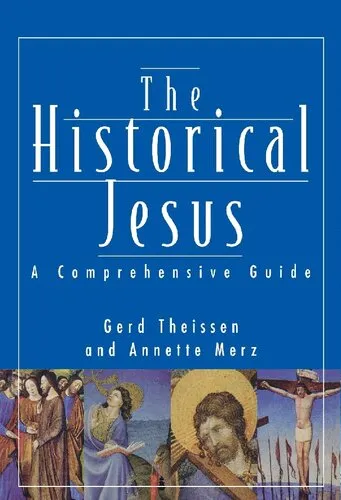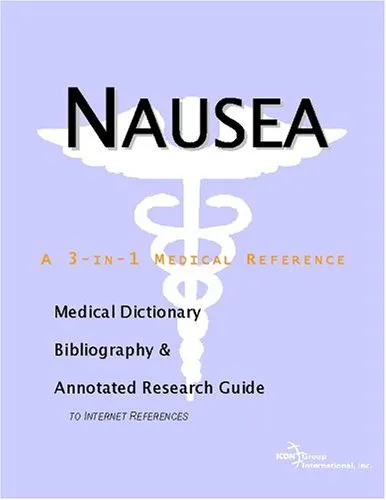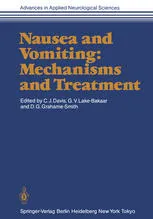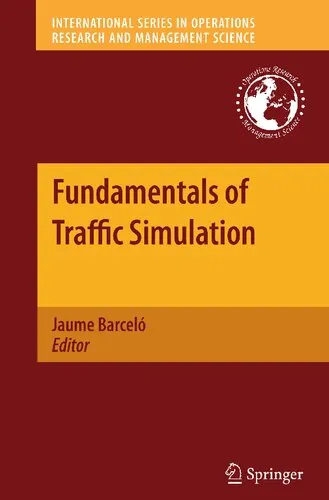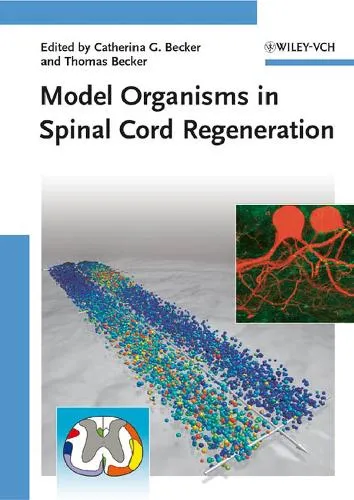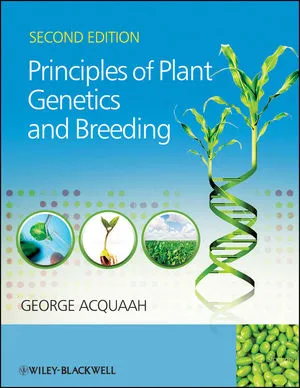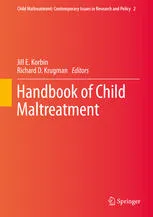Further Study of the Atomic Weight of Lead of Radioactive Origin (1916)(en)(7s)
4.3
Reviews from our users

You Can Ask your questions from this book's AI after Login
Each download or ask from book AI costs 2 points. To earn more free points, please visit the Points Guide Page and complete some valuable actions.Related Refrences:
Introduction to "Further Study of the Atomic Weight of Lead of Radioactive Origin"
Understanding the atomic weight of elements has been pivotal in unraveling the mysteries of the atomic world. In "Further Study of the Atomic Weight of Lead of Radioactive Origin," published in 1916, Richards Th. W. delves into the intricacies of lead's atomic weight when derived from radioactive processes. This seminal work is essential reading for anyone interested in nuclear chemistry and atomic theory, illuminating the intricate interplay between radioactive decay and atomic measurements.
Detailed Summary
Richards Th. W. embarks on an exhaustive exploration of the atomic weight of lead that results from radioactive decay series, primarily focusing on uranium and thorium. Through meticulously conducted experiments and comprehensive analyses, the book demonstrates the variances in atomic weight that arise due to isotopic differences, a concept that was emerging at the forefront of scientific discovery during that era.
The author presents detailed methodologies, experimental setups, and the mathematical precision employed in measuring lead's atomic weight. By examining the decay sequences of uranium and thorium, Richards offers insights into how these processes result in the formation of isotopes with distinct atomic weights. This book serves as a cornerstone in understanding how radioactive decay influences elemental properties, thereby setting the stage for future advancements in nuclear chemistry.
Key Takeaways
- Recognition of isotopic differences and their impact on atomic weight, a crucial aspect that enhances our understanding of element properties.
- Innovative experimental techniques in measuring atomic weights with remarkable accuracy, setting a benchmark for scientific inquiries.
- Groundbreaking insights into the radioactive decay pathways of uranium and thorium, contributing significantly to the field of nuclear chemistry.
- Foundation for the future exploration of isotopes and their roles in chemical and nuclear reactions.
Famous Quotes
"The weight of an atom is not merely a composite of its protons and electrons but a manifestation of its origins and transformations."
"In the silent dance of decay, the lead scripts its own story of birth and measure."
Why This Book Matters
This book is a cornerstone in the study of atomic theory and chemistry. By addressing the complexities of atomic weight variations caused by radioactive origins, Richards Th. W. provides an essential framework that bridges classical chemistry with modern nuclear science. The implications of his work extend beyond pure science, impacting how we understand matter and its transformations in both theoretical and applied contexts.
The concepts explored in this book were pivotal in supporting the development of later atomic models and theories. It not only deepens one's appreciation for the scientific process but also highlights the meticulousness and curiosity required to push the boundaries of human understanding.
Richards' rigorous approach and innovative methodologies underscore the importance of precision in scientific investigations, offering valuable lessons for current and future scientists. As a result, "Further Study of the Atomic Weight of Lead of Radioactive Origin" remains a classic within the scientific community, continuing to inspire generations of researchers in the quest to decipher the complexities of the atomic world.
Free Direct Download
You Can Download this book after Login
Accessing books through legal platforms and public libraries not only supports the rights of authors and publishers but also contributes to the sustainability of reading culture. Before downloading, please take a moment to consider these options.
Find this book on other platforms:
WorldCat helps you find books in libraries worldwide.
See ratings, reviews, and discussions on Goodreads.
Find and buy rare or used books on AbeBooks.
1383
بازدید4.3
امتیاز0
نظر98%
رضایتReviews:
4.3
Based on 0 users review
Questions & Answers
Ask questions about this book or help others by answering
No questions yet. Be the first to ask!
